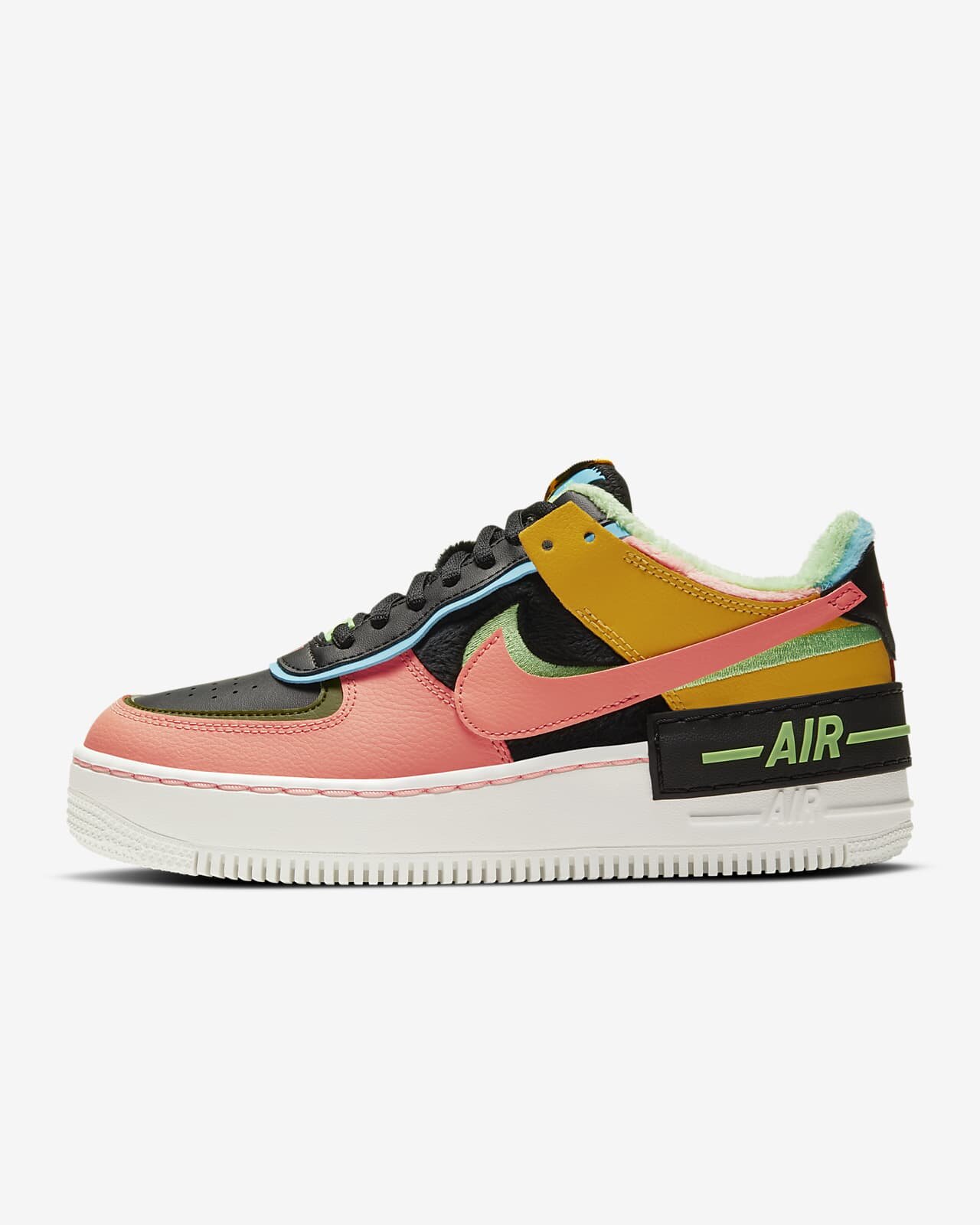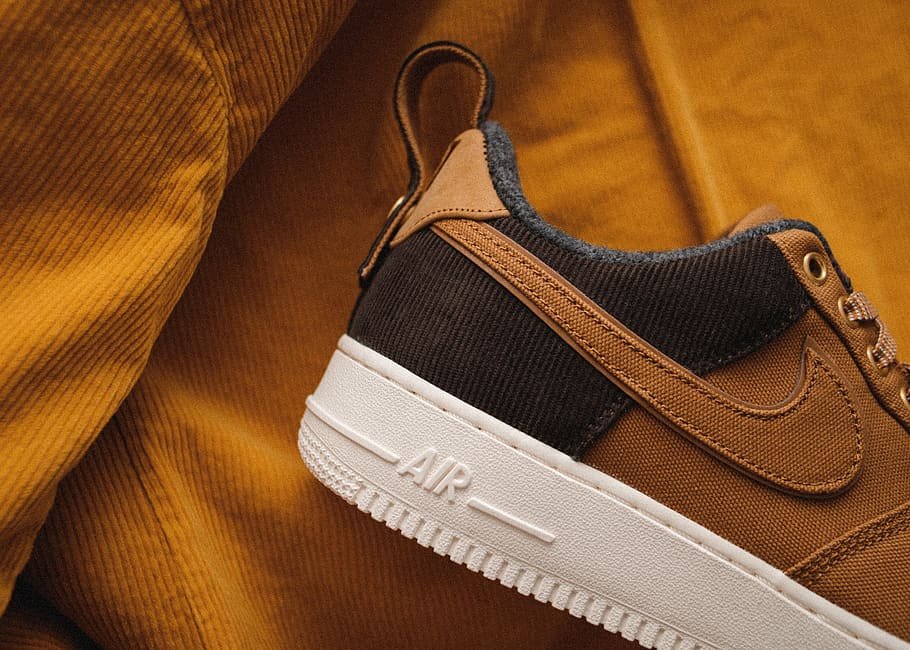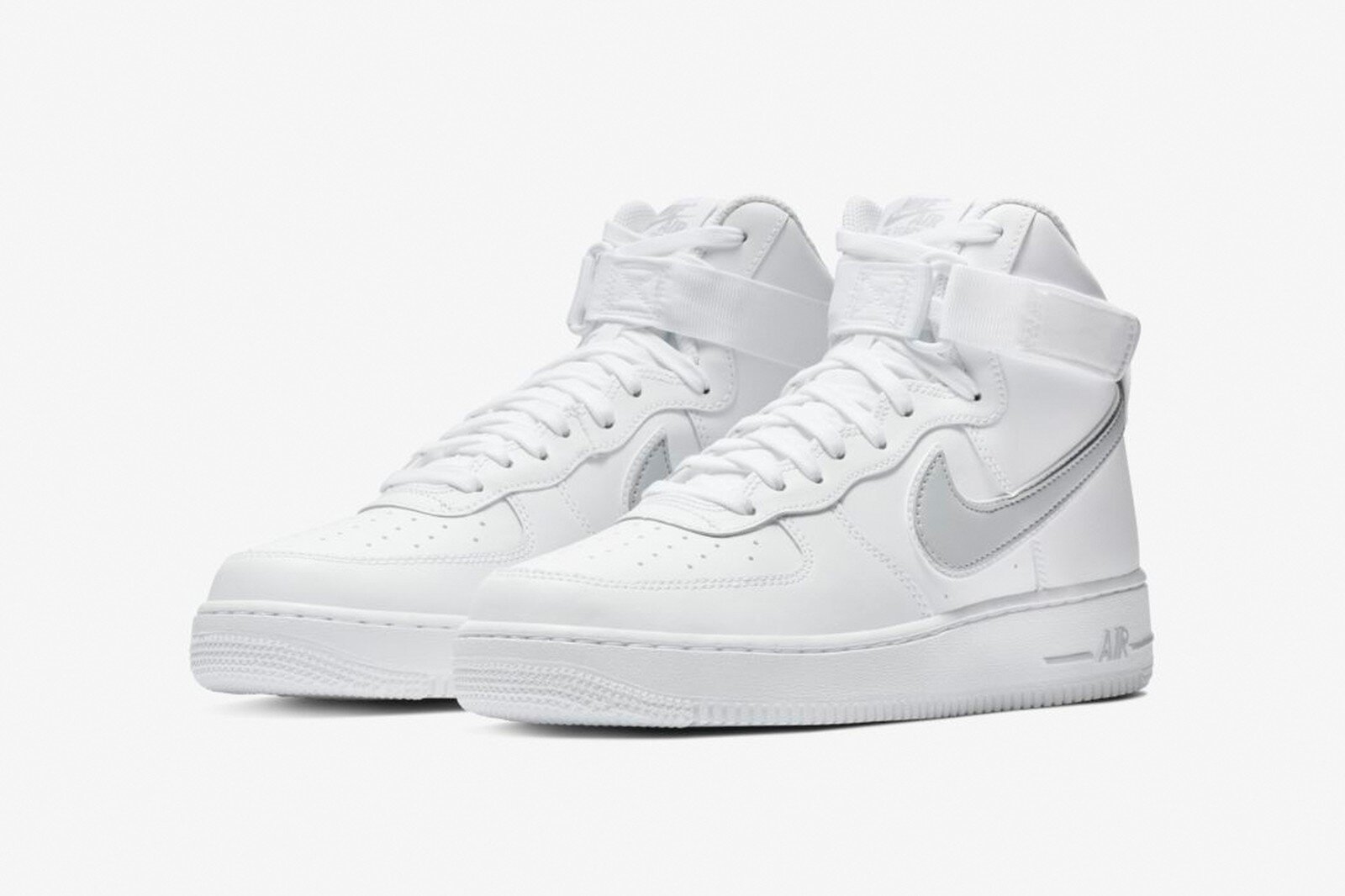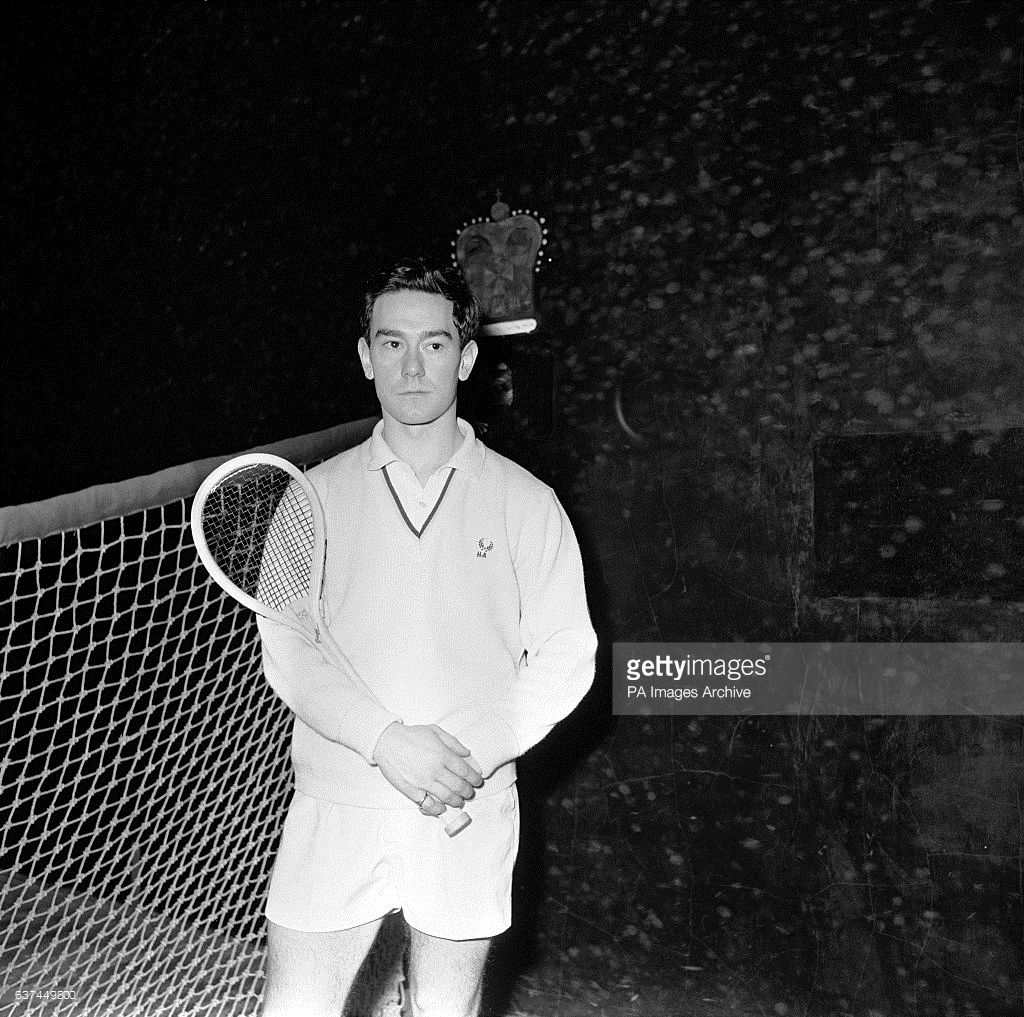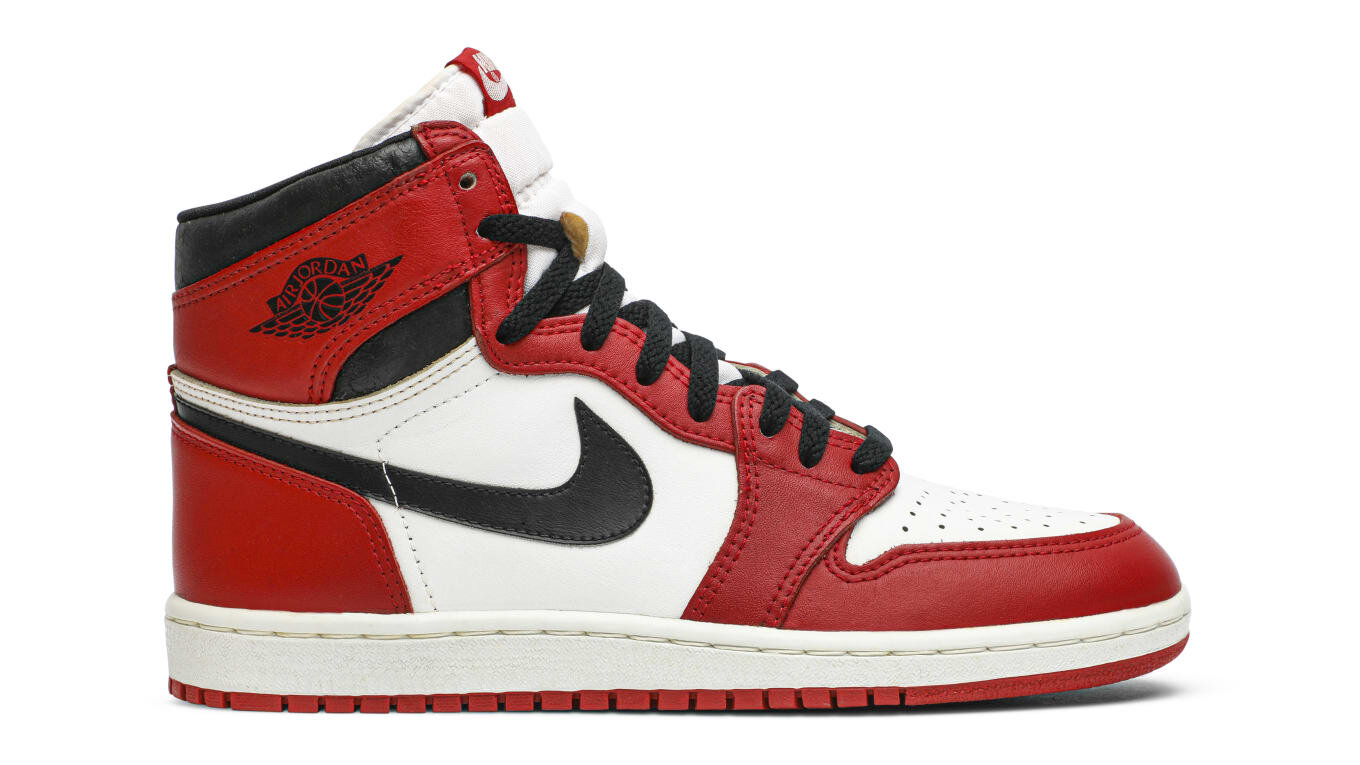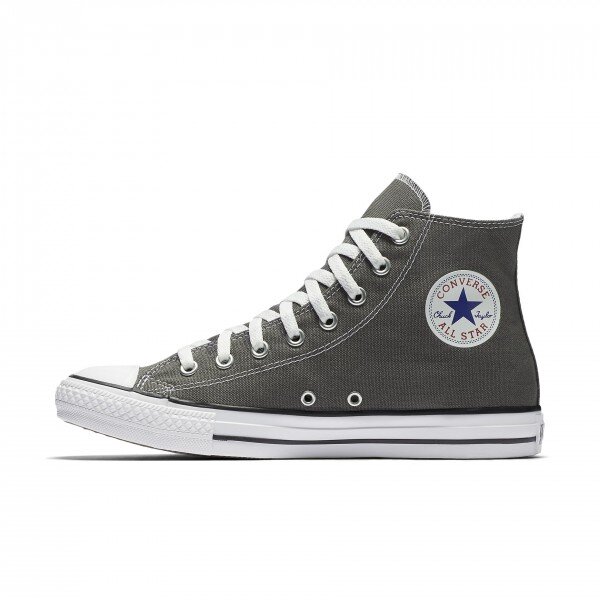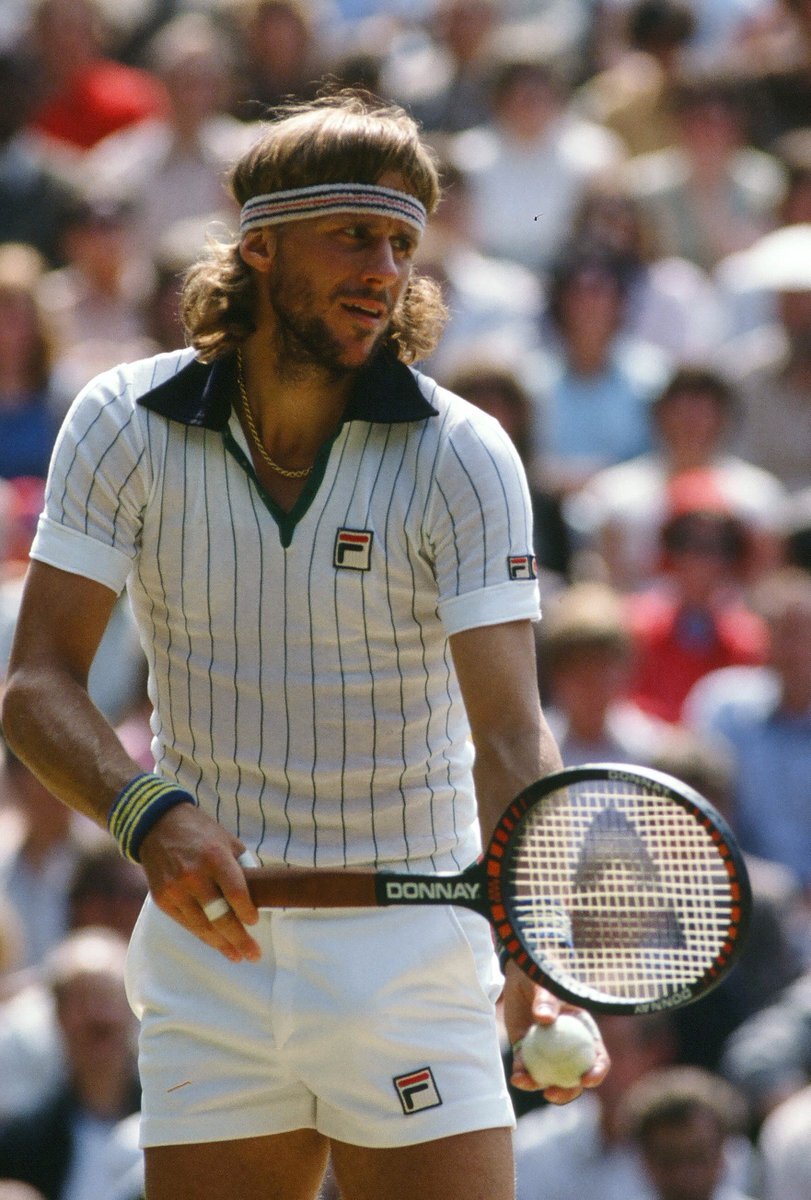Nike Air Force One - A History
Nike AF-1: The History of the Nike Air Force One Trainer
Looking into the origins of one of Nike’s flagship sub-brands: The Air Force One
Some stylish Nike Air Force 1 kicks in Black and Brown.
The Nike Air Force One (AF-1) has become an icon of fashion, style, and comfort.
People from every age-group adore these trainers for having distinctive shapes and versatile designs.
We take a look at the history of the AF-1 and some of its most eponymous models.
Nike Air Force-1: An Introduction
Nike AF-1 satisfies every type of customer through its technical, artistic, and functional iterations.
Nike is the first choice of celebrities who love to rock it with jeans, such as Justin Bieber, Jennifer Lopez, Rihanna, Kendell Jenner, Justin Timberlake, and many others.
“There are more than 2000 versions of Nike AF-1.”
The popularity of the brand is as strong as ever, and one reason for this is that the AF-1 transcends the boundaries of culture. Either white, black, any colour, low, mid, or high top, they go well with anything such as jeans, shorts, pants, socks.
The AF-1 through history, courtesy of EU Kicks
The name of the brand, Air Force One, refers to the plane Air Force One, on which the President of the United States travels.
Broad Design Variations are Minimal
Since its inception in 1982, very few variations have been made in its original design.
The original version featured a mesh side panel, toe box, and a mudguard at the front. However, the later versions are without mesh. The modern versions don't contain the feature of heel quarter panel or side stitched detailing.
A small medallion at the bottom of the laces is a distinguishing feature of the original AF-1. The medallion is of silver pewter with AF-1 82 engraved on it. In the beginning, it was circular.
Since 2007, the later versions have a rectangular medallion. Nike AF-1 comes in five styles, super low, low, mid, high, and super high. Some forms come with a connected strap, some with a Velcro strap. The shoes come in various colours. The most popular ones are black-on-black and white-on-white.
How the Nike Air Force One evolved: A Timeline
These are some of the most iconic and important variations of the Nike AF-1, from the original sneaker of 1982, to the valentines model of today.
Nike Air Force 1 (1982)
The Original Nike Air Force
"Air in the box" was the slogan for Nike Air Force One. Nike launched the iconic trainer in 1982 as the first basketball trainer designed by Bruce Kilgore (product designer at Nike).
Nike's team for AF-1 consisted of biochemists, podiatrists, and aerospace engineers with designers. The shoe proved to be a turning point in the sports and sneaker culture for its unprecedented feature of Nike Air technology.
The technology worked on pressurized air in a tough, flexible bag.
The air technology added to the sole's flexibility, elasticity, and durability, while keeping the shoes lightweight and in a distinct shape.
The high top sneaker was designed for intense sporting action and its circular sole enabled the basketball players to maintain their grip on the court.
The Original Six (1983)
In 1983, Six Nike’s most popular NBA (National Basketball Association) players participated in an iconic shoot.
The six stars included Michael Cooper, Moses Malone, Calvin Natt, Jammal Wikes, Bobby Jones, Mychal Thompson rocked the high-top Nike AF-1 with white suits.
Later in 2007, for AF-1’s 25th anniversary, another group of six stars recreated the shoot with their custom AF-1s in their team colours. The second badge included Steve Nash, Rasheed Wallace, Paul Pierce, Lebron James, Kobe Bryant, and Chris Paul.
Air Force One Low (1983)
In 1983, AF-1 low was introduced as an alternative to the high top. Three Baltimore businessmen met with Nike and expressed their demand for producing exclusive AF-1s for them. That marked the beginning of limited and collaborative editions.
The Break (1984)
Nike discontinued the production of AF-1 in 1984. But the demand continued. People on not finding AF-1s started to customize their older AF-1s with new colours. The increasing demand for the original sneakers compelled Nike to re-consider the production of the classic AF-1. Finally, it returned to the market in 1986.
Re-introduced (1985)
Nike AF-1 introduced new colours, royal blue, and chocolate brown, in Baltimore. The pairs sold like hotcakes. As a result, AF-1 became a fashion trend and not just a sports shoe brand.
“Shoe of the month” Club (1986-1991)
Due to the increasing demand for the trainers, the retailers started releasing limited editions, which again was a huge success. Nike AF-1 got countrywide recognition from Baltimore towards the east coast.
Sneaker Gold (the Mid-90s-2000)
For special events and occasions, Nike introduces Sneaker Gold. The exclusive, limited premium edition sells before reaching then retailers.
Hip Hop’s Sneaker (2000)
Nike AF1 became the choice of artists and rappers across the globe. The Hip Hop white-on-white sneakers with the Roc-a-Fella logo takes the sneaker to another realm of culture.
Women sizing (2001)
Nike AF-1 introduced women’s sizes to their product and began prepping models for the women’s market on an official basis. There are some key differences between men’s and women’s Air Force One which are more prevalent now than in 2001.
Nike AF-1 Low Linens (2001)
The most legendary AF-1 was released in Japan only to promote the brand in foreign markets. The style mixed an earthy-brown linen outsole with a pink swoosh. In 2016, Nike re-released the Asian exclusive for American AF-1 fans.
High-tech uppers (2010)
Nike AF-1 introduced high-tech uppers with proprietary material such as Foamposite, liquid metal, Flyknit. These were great hits. Their foamy bouncy sole provided the product with additional comfort.
Lunar Landing (2012)
Another milestone in Nike AF1 with Lunarlon cushioning gives the feeling of walking on the moon. Its unique construction acts as a shock absorber.
Acronym x Nike Lunar Force 1 Low
Acronym Nike with an added feature of zipper yields convenience for slipping in and out of the trainer. The AF-1 comes with the additional comfort of a lightweight Lunarlon.
35th Anniversary (2017)
Five collaborators created five greatly admired white-on-white AF-100 designs. Virgil Abloh released an iteration of AF-1 in The Ten Collection. The version features translucent uppers with a deconstructed swoosh exploring the themes of revealing and ghosting.
Valentine’s Day AF-1 (2021)
The latest romantic version features white with a red heart on the heel and a tongue label “True Love since 1982”, which is to be launched soon in February. Since the day of its announcement, the love birds are looking forward to buying it.
Even today, the iconic sneakers are undergoing experimentation with Nike’s innovative technologies. Whether it’s about personalized Nike ID, sustainable Flyknit uppers, or Lunarlon cushioned soles, Nike AF-1 provides an unparalleled experience of style and comfort.
In 2022, Nike AF-1 enjoyed its 40th-anniversary celebrations.
Nike Air Force One: The Future
There is always going to be a place for the Nike Af-1 in popular fashion.
We expect new colorways, brand collaborations and more involvement from celebrities and athletes as the years kick on.
One thing to look out for is the development of the brand back towards the sporting side of things. Nike have never forgotten why they are the most influential sports brand on the planet, and that is the connection to elite sports people.
We fully expect the Air Force One to find its way into Football/Soccer, as well as remaining close to its routes on the basketball court.
Check out our piece on the Iconic Nike Air Jordan brand and the rise of the Women’s Air Jordan too!
We have also explored the relationship between Football and Fashion, please do share if you think it is worth it.

